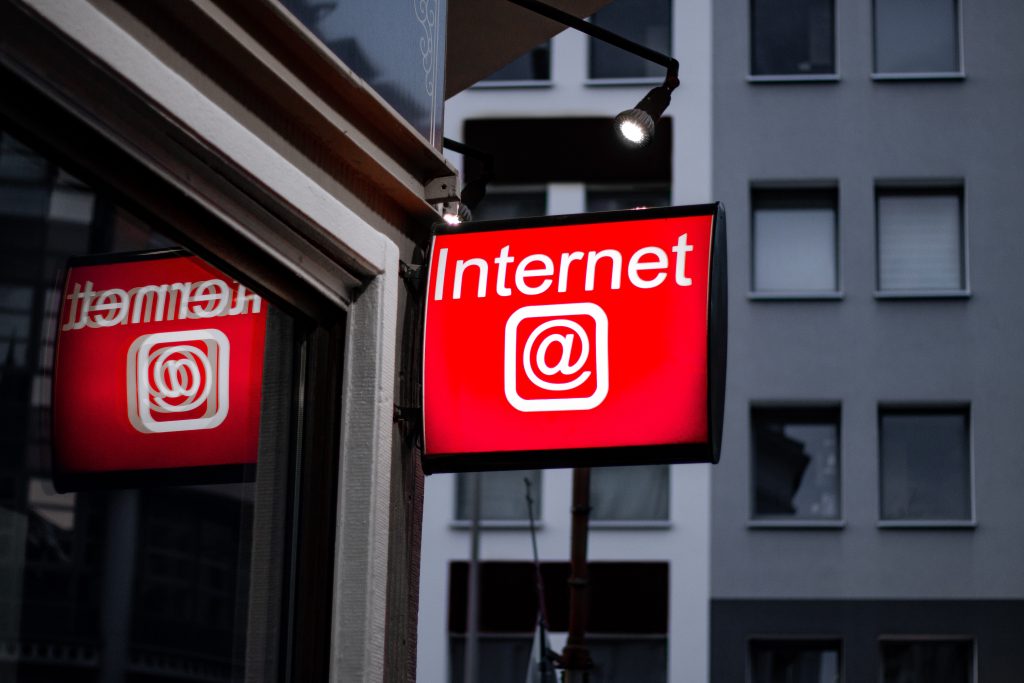
In part 1 of a series, we will look at what O2O actually is and why it’s valuable. And we’ll give you some strategic actions that you can implement to help your B2B or B2C business.
Despite the saturation of smart devices and ever improving mobile internet, a lot of sales still happen in physical stores.
But COVID has shifted the landscape. Physical retail worldwide has been hammered by the global pandemic. Even in countries like Thailand, which has largely returned to normal, retail still faces huge disruption as a result of the COVID-19 outbreak. The pandemic has forced a large segment of consumers to behave differently. People are very used to shopping online for all manner of different products, some of which they may have previously gone to a physical location to purchase.
So where does this leave physical retail and B2B businesses? Luckily there are real opportunities to engage customers online and still get them into a physical location or shop.
But how do they do that?

What is Online to Offline (O2O)?
O2O stands for “online to offline”. It’s sometimes referred to as “omnichannel” commerce. And it is very often thought of as a marketing strategy. But O2O only means identifying your customers during their digital journey and then using the data you have gathered to entice them into a store or even a phone call. By using an O2O strategy, you’re trying to move your customers from an online space into an offline one. And vice versa if that suits your business.
Why have an O2O strategy?
People seamlessly move from digital to physical spaces several times a day. Before the pandemic, Google research showed that 76% of people who searched for something nearby on their smartphones visit a related business within a day. And 28% of those visits result in a purchase. So businesses with physical locations must adequately serve these customers.
The pandemic has accelerated the importance of implementing a proper O2O strategy. In fact it’s estimated that the Thai internet e-Conomy has reached a value of around $18 billion dollars in 2020. And it’s estimated to increase even further to $53 billion by 2025. A survey commissioned by the International Council of Shopping Centers discovered that 67% of customers who order online and then pick up in a store are then likely to make impulse purchases once they are in the store.
So it’s fair to say that retail businesses really need an O2O strategy.
Like any transformation, it can be tough. But adapting now will provide growth in the future and minimise potential disruption to your business.
But help is at hand! Part one of this series will give you a few strategic hints so you can begin to think about an O2O strategy for your business.

Allow online activities in store
If a customer can do something on your website, they should be able to do the same thing in your store. Where possible and practical, an experience should be able to start online and be resume in your store. And vice versa.
The best example of this, as previously mentioned, is “click and collect”. Having this functionality on your website means that you select your goods and complete your purchase online, then you go to the nearest store to pick up your goods. It’s proved to be wildly popular and effective for retailers who have implemented this functionality. Click and collect is used by around 50% of online shoppers in the U.S. and once people have used it, they almost always keep using it.
Click and collect also gives people instant gratification. Rather than having to wait for a delivery, the customer gets what they want the same day and they are much more likely to make an impulse purchase.
But picking up orders is not the only thing you could integrate into a physical location. A customer could ask for help via the website and complete their enquiry in a store. Again, making a purchase more likely.
MAQE has years of experience helping both B2B and B2C organizations improve their eCommerce offering. We can help you to implement an O2O strategy that will engage your customers both digitally and at physical locations. Talk to us via [email protected].
Actions you can take
- Enable “click and collect” functionality on your website
- Use IM channels like Facebook messenger to field customer queries. These queries can start online, but resolved in store
- Allow customers to book “appointments” if their query is complex
- Give benefits to customers who want to “click and collect”
- Allow customers in store to “click and collect” if they wish to rather than using a traditional physical POS

Augmented reality
Augmented reality has been around for a few years now. However, many businesses are yet to invest in this technology. But proper implementation of AR tech can provide a captivating O2O experience for customers.
Imagine a customer who is buying furniture. This customer may have specific requirements around size and whether a certain item fits within an overall look of a room. With AR tech this customer can actually see what furniture looks like in their room, without leaving their home.
Helping customers to visualize products within their own personal context makes it far more likely that the customer will purchase an item, or at least visit a store to research the item further. With 61% of companies not using AR at all, it can also be a key differentiator against your competition. There’s a reason why industry giants like Ikea and American Apparel have placed big bets on AR; It’s a game changer for not only B2C but also B2B eCommerce.
Actions you can take
- Look at your competitors. Are they using AR? You could get the edge
- It’s not just for B2C. B2B organizations can leverage AR, whatever their niche
Come back for part 2 where we will talk about the need to align your teams and build effective O2O attribution models.

How MAQE can help
Get in touch with MAQE via [email protected] for help and strategic advice on implementing an effective O2O strategy.
